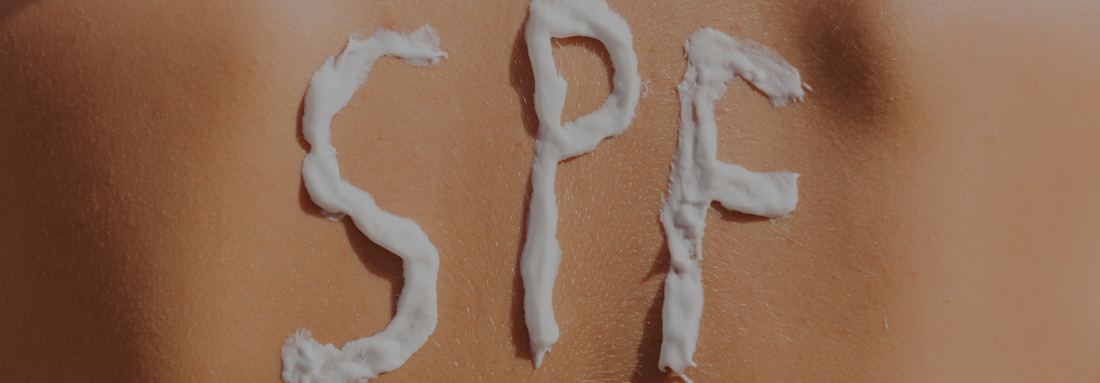Don’t Miss These Commonly Overlooked Areas for Complete Sun Protection

Are you missing key spots in your sunscreen routine? Discover the most overlooked areas like lips, scalp, and hands that need SPF for total sun protection.
Applying sunscreen is vital, but are you covering all the areas exposed to the sun? Neglecting certain spots can leave you vulnerable to sunburn, premature aging, and even skin cancer. Here's a guide to commonly overlooked areas and how to protect them effectively.
1. Neck & Chest: Extend Your Coverage
While most people focus on their face, the neck and chest are often forgotten. These areas are just as exposed to the sun, especially during warmer months. Make it a habit to apply sunscreen here daily.
2. Lips: Protect the Delicate Skin
Your lips lack melanin and sweat glands, making them more susceptible to sun damage. Use an SPF lip balm or sunscreen specifically designed for lips to keep them hydrated and protected.
3. Eyelids & Ears: Thin Skin Needs Extra Care
The skin on your eyelids and ears is delicate and prone to sunburn. Gently apply sunscreen or use sunglasses and hats for added protection.
4. Scalp: A Surprising Vulnerability
Unless your hair provides complete coverage, your scalp is exposed to harmful UV rays. Protect it by wearing a hat or using a scalp-specific sunscreen spray.
5. Feet: Don’t Forget the Soles
When lying down at the beach or by the pool, the soles of your feet can be exposed to direct sunlight. Apply sunscreen to your feet, including the soles and in-between toes.
6. Hands: Keep Them Young
Hands are frequently exposed to the sun and often forgotten during sunscreen application. Reapply sunscreen regularly, especially after washing your hands, to prevent sunspots and aging.
Protect Every Inch with BABOSKI’s Sun Splash Bathe-On Bodywash, simplifying sun protection by combining cleansing and SPF in one easy step.
By paying attention to these often-neglected areas, you can ensure more comprehensive sun protection and reduce the risk of sunburn, premature ageing, and skin cancer.
